Lumbar Disc Herniation
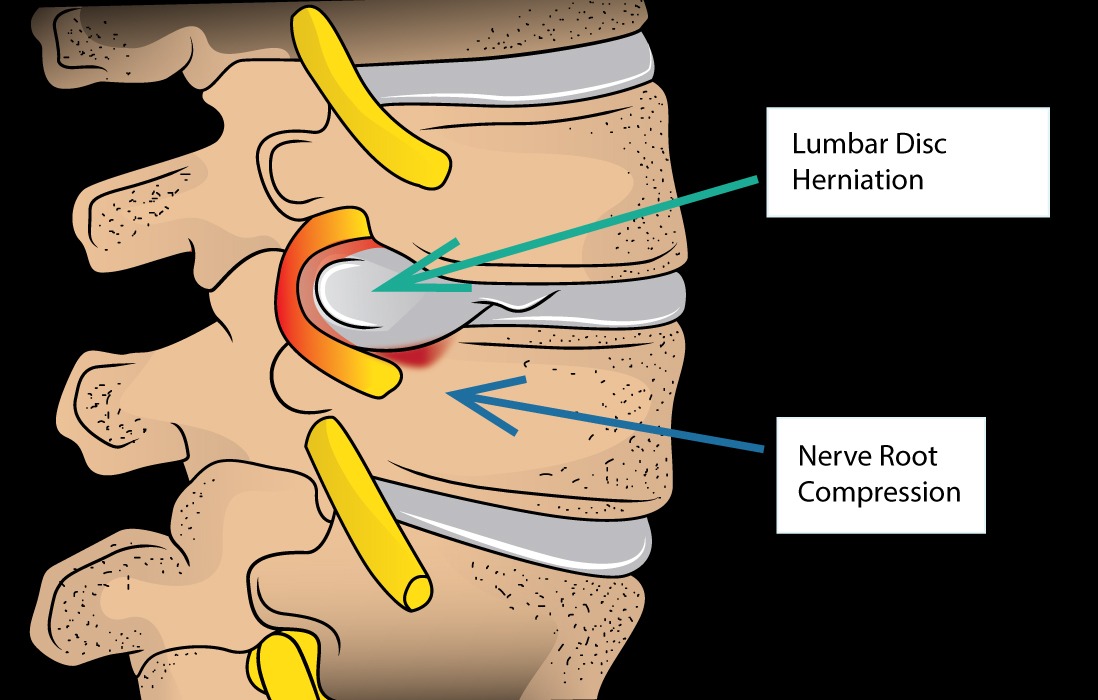 Disc herniation symptoms may begin for no apparent reason. In most cases, it occurs because of lifting something heavy or twists the lower back. These motions tend to add stress to discs. Lumbar herniated discs are widespread medical concerns that affect people between the age groups 35 to 50.
Disc herniation symptoms may begin for no apparent reason. In most cases, it occurs because of lifting something heavy or twists the lower back. These motions tend to add stress to discs. Lumbar herniated discs are widespread medical concerns that affect people between the age groups 35 to 50.
Southern California Hip Institute (SCHI), led by board certified orthopedic surgeon Dr. Tigran Garabekyan, provides orthopedic surgery as well as non-surgical orthopedic treatments to patients in Los Angeles, Century City, CA, and surrounding locations.
Lumbar Disc Herniation
Spinal discs may lose some fluid because of general wear and tear and aging, making them spongy and pliable. The discs may become harder and flatter as a result. This is known as disc degermation, a process that may begin early in life. The issue shows up in imaging tests performed in early adulthood.
The outer ring of the disc may crack, bulge, or tear because of stress or pressure on the spine. If this takes place in the lower spine, it will send shooting pains to the buttocks and down the leg.
Non-Surgical Treatments
The following therapy is helpful for long-term pain relief in most cases:
- Physical therapy is focused on teaching patients exercises on rehabilitation and targeted stretching
- Epidural injections containing steroid medications can offer pain relief
Surgery for Lumbar Disc Herniation
Surgery is generally considered when the pain and other symptoms of lumbar herniated disc continue after six weeks. Lumbar herniated discs are a common reason for spine surgery in adults aged 35 – 60.
Your treatment provider may recommend surgery if:
- You suffer from severe pain and have difficulty performing reasonable daily functions, such as walking or standing
- You are experiencing progressive neurological symptoms, such as numbness, or leg weakness
- You suffer from loss of bladder and bowel functions
- Physical therapy, medication, and other neurosurgical treatments have not been able to ease symptoms
- Surgery may be required in some cases even if the patient has not had six weeks of noninvasive care
Microdiscectomy Procedures
Microdiscectomy and endoscopic microdiscectomy are minimally invasive in nature. They are usually recommended for lumbar herniated discs. The procedures take the pressure off the nerve root for providing better healing.
Generally, the small portion pushing against the nerve root requires to be removed. The majority of disc is left untouched in most cases. Microdiscectomy makes use of small incisions. Instruments are inserted in endoscopic microdiscectomy surgery by way of a thin tube or tubes. This minimizes disruption to surrounding tissues. Tiny camera will be inserted through the tube to allow surgeons better visibility.
Both surgeries are performed as outpatient procedures or with an overnight stay. You should be able to resume your regular work routine in 1 – 3 weeks.
Success Rates
Lumbar herniated disc surgery has a high success rate. An extensive medical study reported 84% patients with microdiscectomy to have good or excellent results. The same results were reported by 80% patients having endoscopic microdiscectomy.
Board certified orthopedic surgeon Dr. Tigran Garabekyan receives patients from Los Angeles, Century City, CA, and nearby areas for orthopedic surgery and non-surgical orthopedic treatments.
Contact the Southern California Hip Institute
Dr. Tigran Garabekyan is a board certified orthopedic surgeon specializing in hip preservation. To learn more about Southern California Hip Institute or to schedule a consultation, click here to contact us or call:
Century City / Los Angeles: 310.595.1030
Serving patients in Los Angeles, Beverly Hills, Santa Monica, Century City, West Hollywood, North Hollywood Encino, Sherman Oaks, Van Nuys, Burbank, Glendale and other neighboring cities in the greater Los Angeles, California area.
Also visit http://www.drgorthopedics.com/


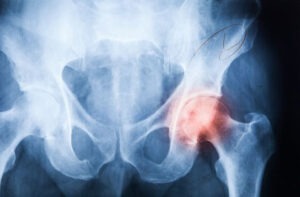 Bone cancer can be of several different types. Most types of bone cancers are in the sarcomas category. This is a kind of cancer that affects soft tissues, muscles, nerves, and bones. Sarcomas has a diverse range of features at cellular and molecular level. This is one of the reasons why all bone sarcomas don’t respond to the same type of treatment.
Bone cancer can be of several different types. Most types of bone cancers are in the sarcomas category. This is a kind of cancer that affects soft tissues, muscles, nerves, and bones. Sarcomas has a diverse range of features at cellular and molecular level. This is one of the reasons why all bone sarcomas don’t respond to the same type of treatment.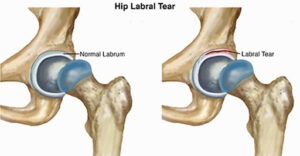 Labrum tear is of several forms and can be easily confused. It’s vital that you discuss all your symptoms with your physician so they can ascertain the type of tear you have. Southern California Hip Institute (SCHI), led by board certified orthopedic surgeon Dr. Tigran Garabekyan, provides orthopedic surgery as well as non-surgical orthopedic treatments to patients in Los Angeles, Century City, CA, and surrounding locations.
Labrum tear is of several forms and can be easily confused. It’s vital that you discuss all your symptoms with your physician so they can ascertain the type of tear you have. Southern California Hip Institute (SCHI), led by board certified orthopedic surgeon Dr. Tigran Garabekyan, provides orthopedic surgery as well as non-surgical orthopedic treatments to patients in Los Angeles, Century City, CA, and surrounding locations. Spondylolisthesis involves spine instability that means the vertebra moves more than it should. The vertebra may slip out of place on the vertebra positioned below placing pressure on nerves that may cause leg pain or lower back pain. Because spinal stenosis with spondylolisthesis can cause significant hip or knee pain, the presence of degenerative arthritis at these joints must be considered. A thorough physical exam should include hip range of motion and assessment of internal and external rotation.
Spondylolisthesis involves spine instability that means the vertebra moves more than it should. The vertebra may slip out of place on the vertebra positioned below placing pressure on nerves that may cause leg pain or lower back pain. Because spinal stenosis with spondylolisthesis can cause significant hip or knee pain, the presence of degenerative arthritis at these joints must be considered. A thorough physical exam should include hip range of motion and assessment of internal and external rotation.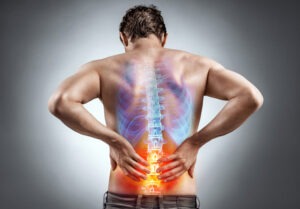 There are several treatment options for taking care of lower back pain that can be customized as per patient needs. Treatments include medicinal remedies, care provided at home, alternative care, or surgery. Combination of treatments is thought to be the best.
There are several treatment options for taking care of lower back pain that can be customized as per patient needs. Treatments include medicinal remedies, care provided at home, alternative care, or surgery. Combination of treatments is thought to be the best.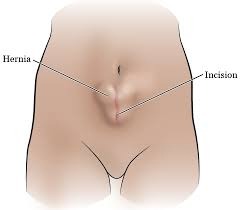 Hernia takes place when an organ pushes through an opening in the tissue or muscle holding it in place. For instance, the intestines can break through the abdominal wall if there is a weakened area. Typically, hernia occurs in the abdomen between the hips and the chest. However, it can also occur in the groin and upper thigh area.
Hernia takes place when an organ pushes through an opening in the tissue or muscle holding it in place. For instance, the intestines can break through the abdominal wall if there is a weakened area. Typically, hernia occurs in the abdomen between the hips and the chest. However, it can also occur in the groin and upper thigh area.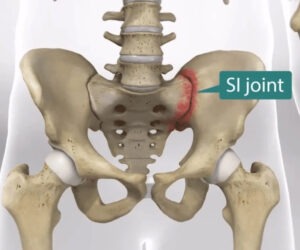 You may experience pain the lower back or your legs if you suffer from dysfunction in the SI joint or the sacroiliac joint. Aggravation of the SI joint can cause inflammation, also known as sacroiliitis. The condition is a major cause of stiffness, pain, and other symptoms.
You may experience pain the lower back or your legs if you suffer from dysfunction in the SI joint or the sacroiliac joint. Aggravation of the SI joint can cause inflammation, also known as sacroiliitis. The condition is a major cause of stiffness, pain, and other symptoms.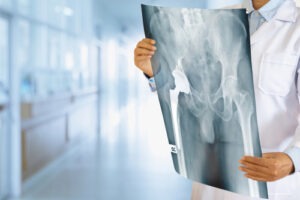 Your hips and pelvis help you bend, twist, and walk. They are responsible for providing you with a full range of motion that helps in performing daily activities. Proven hip surgeons can offer a broad array of options for helping you deal with stiffness and pain in the area.
Your hips and pelvis help you bend, twist, and walk. They are responsible for providing you with a full range of motion that helps in performing daily activities. Proven hip surgeons can offer a broad array of options for helping you deal with stiffness and pain in the area.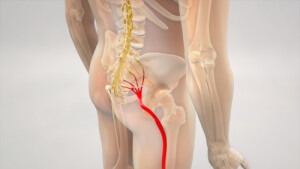 Experts recommend treating sciatica as quickly as possible to prevent further progression of symptoms. Sciatica treatment may involve both surgical and noninvasive methods. Typically, noninvasive methods are employed before going in for a surgery. Your doctor may recommend a surgery only when the underlying cause is progressive or results in severe neurological deficit.
Experts recommend treating sciatica as quickly as possible to prevent further progression of symptoms. Sciatica treatment may involve both surgical and noninvasive methods. Typically, noninvasive methods are employed before going in for a surgery. Your doctor may recommend a surgery only when the underlying cause is progressive or results in severe neurological deficit.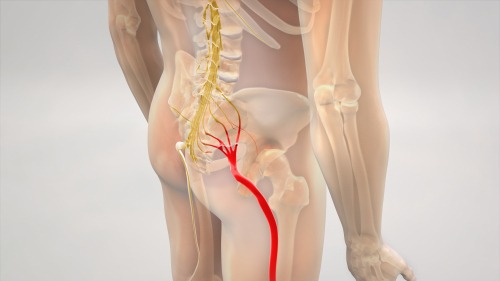 Common Causes of Sciatica Pain
Common Causes of Sciatica Pain


